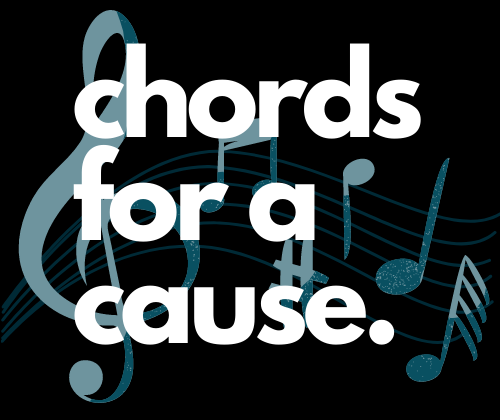The Impact of Streaming Services on the Revenue Models of Independent Artists
Remember the days when discovering new music meant scouring record stores or tuning into the radio for hours? Those days are long gone, thanks to streaming services like Spotify, Apple Music, and Tidal. While these platforms have revolutionized how we consume music, they’ve also turned the music industry on its head, especially for independent artists.
The World Stage at Your Fingertips
For independent artists, streaming services are a double-edged sword. On one side, they offer a chance to reach a global audience without needing a record label’s backing. Imagine an artist from a small town suddenly having their music heard in Tokyo, New York, and Berlin—all within the same day. That’s the magic of platforms like Spotify, which boast billions of users worldwide. But there’s a catch.
The Payout Problem
Here’s the not-so-magical part: the payout. Streaming services pay artists mere fractions of a cent per stream. To put it in perspective, Spotify pays about $0.0038 per stream. So, an artist would need millions of streams to earn a decent income. According to the Union of Musicians and Allied Workers, this model isn’t cutting it for many artists trying to make a living off their music alone.
Finding New Revenue Streams
Given these tiny payouts, indie artists are getting creative. They’re not just relying on streaming to pay the bills. Many turn to selling merchandise, playing live shows, and using platforms like Bandcamp, where fans can buy music directly. Take Bandcamp, for example—it allows artists to set their own prices and keep a larger share of the profits. Then there’s Patreon, where fans can support their favorite artists with monthly contributions, providing a more stable income.
Keeping the Creative Reins
One of the biggest perks of the streaming era is the level of control it gives artists. They can produce and distribute their music without anyone telling them what to do. Plus, with social media and streaming analytics, artists can see who’s listening to their music and tailor their marketing efforts accordingly. This kind of direct fan engagement was almost impossible in the pre-streaming world.
The Playlist Phenomenon
Have you ever discovered a new favorite song through a playlist? You’re not alone. Playlists on platforms like Spotify and Apple Music can catapult an indie artist to fame overnight. However, there’s a flip side. To stay on these popular playlists, artists often feel pressured to produce music that fits certain trends. This can sometimes stifle creativity, as they juggle between making art and staying algorithm-friendly.
Touring: The Lifeline
For many independent artists, touring is where the real money is. The exposure gained through streaming can lead to packed concert venues and sold-out shows. But touring isn’t a walk in the park—it’s expensive and exhausting. The COVID-19 pandemic threw a wrench in this revenue stream, leading many artists to experiment with virtual concerts and live streaming. While these efforts helped, they couldn’t fully replace the income from live performances.
Streaming services have undoubtedly transformed the music industry, especially for independent artists. They offer a global stage and new ways to connect with fans, but the financial realities can be harsh. As the digital music landscape continues to evolve, indie artists are finding innovative ways to make it work, balancing streaming with direct sales, live shows, and fan support. It’s a challenging but exciting time to be an independent musician.
References
1. https://sites.lsa.umich.edu/mje/2024/01/29/spotify-and-the-war-on-artists/
2. https://knowledge.wharton.upenn.edu/article/music-industry-use-streaming-reinvent/
3.https://cyber.harvard.edu/sites/cyber.harvard.edu/files/Rethinking_Music_Artist_Revenue_Streams.pdf

